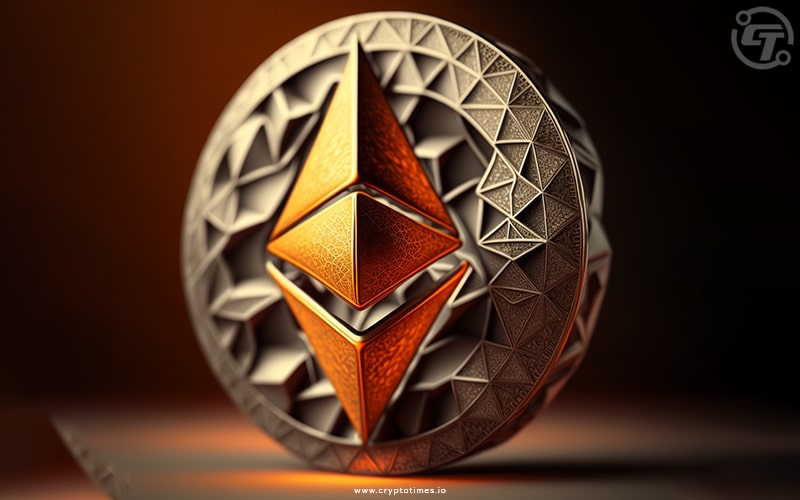The long-awaited Dencun upgrade for the Ethereum blockchain continues to edge closer to full implementation with a smooth deployment on the Sepolia test network on January 31.
This activation, followed by late January’s contentious fork on the parallel Goerli testnet, represented the second of three planned dress rehearsals slated to finalize on the Holesky test network on February 7.
While the Goerli deployment quickly demonstrated flaws, the Sepolia run offered a reassuring glimpse of the progress designers have achieved toward ensuring a smooth transition for the Ethereum mainnet upgrade later this year. Commenting on the latest test, client-design leaders tweeted confirmation of a clean upgrade, writing, “Sepolia has finalized.”
When asked what specifically Dencun aims to achieve, Ethereum founder Vitalik Buterin points to upgrades like proto-dank shards as examples of how the platform can expand. By replacing current smart contract data transfers with more efficient “blob” data clusters, costs and network loads may decrease dramatically.
The Dencun upgrade on the Sepolia testnet occurred Thursday at 22:51 UTC (5:51 PM ET) and was finalized at 23:10 UTC. Sepolia is the second of three testnets to run through a simulation of Dencun. Earlier this month, Dencun went live on the Goerli testnet, but initially failed to finalize.
With Sepolia’s clean run confirmed, the focus shifts to next week’s final exam. Assuming Holesky achieves similar stability, developers see no impediments to moving forward with a Q2 target for Shanghai. The road ahead no doubt still holds unseen obstacles, but for Ethereum supporters, the path visible thus far should provide ample cause for confidence.






